Current detection circuit design scheme (1)
The current-sensing resistor of the low-side current-sensing circuit is connected in series to ground (Figure 1), while the current-sensing resistor of the high-side current-sensing circuit is connected in series to the high voltage terminal (Figure 2). Both methods have their own characteristics: the low-side current-sensing method adds an extra wirewound resistor in the ground loop, and the high-side current-sensing method has to deal with a large common-mode signal.
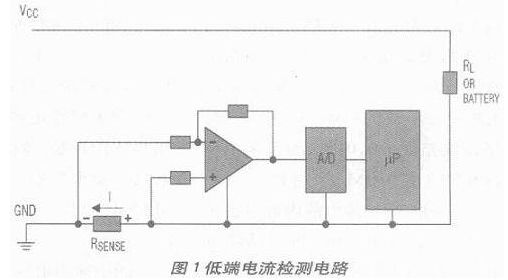
The low-side current-sensing operational amplifier shown in Figure 1 takes the ground level as the reference level, and the current-sensing resistor is connected to the non-inverting terminal. The common mode signal range in the input signal of the operational amplifier is: (GNDRSENSE*ILOAD). Although the low-side current-sensing circuit is relatively simple, there are several fault conditions that the low-side current-sensing circuit cannot detect, which will put the load in a dangerous situation. Using the high-side current-sensing circuit can solve these problems.
The high-end current-sensing circuit is directly connected to the power supply terminal, which can detect any fault in the subsequent circuit and take corresponding protection measures. It is especially suitable for automatic control applications, because the chassis is usually used as a reference ground in these application circuits.
Current detection circuit design scheme (2)
There are many implementations of traditional high-side/low-side current-sensing methods, most of which are based on discrete or semi-discrete component circuits. A high-end current-sensing circuit usually requires a precision op amp and some precision resistors and capacitors. The most commonly used high-end current-sensing circuit uses a differential op amp for gain amplification and shifts the signal level from the high end to the reference ground (Figure 3):
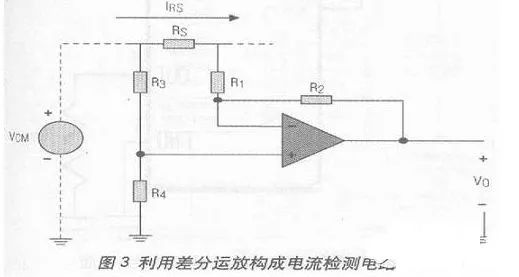
VO=IRS*RS; R1=R2=R3=R4
This scheme has been widely used in practical systems, but there are three main disadvantages of this circuit:
1) The input resistance is relatively low, equal to R1;
2) The input resistance of the input terminal generally has a large error value;
3) The matching of the resistors is required to ensure acceptable CMRR. A 1% change in any resistor will reduce the CMRR to 46dB; a 0.1% change will make the CMRR reach 66dB, and a 0.01% change will make the CMRR reach 86dB. High-side current sensing requires high measurement skills, which has promoted the development of high-side current-sensing integrated circuits. And low-side current sensing technology does not seem to have a corresponding progress.
Current detection circuit design scheme (3)
High-Side Current Sensing Using Integrated Differential Op Amps
Circuits using differential op amps for high-side current sensing are easier to use because of the many integrated circuit solutions that have been introduced recently. The integrated circuit includes a precision operational amplifier and well-matched resistors, and the CMRR is as high as about 105dB. One such product is the MAX4198/99, which has 110dB CMRR, better than 0.01% gain error, and comes in a small 8-pin mMAX package.
The dedicated high-side current detection circuit contains all functional units for high-side current detection. It can detect high-side current at a common-mode voltage up to 32V and provide a proportional current output with ground level as the reference point. Applications that require precise measurement and control of current, such as power management and battery charge control, are suitable for this approach.
The current-sense resistor used in MAXIM's high-end current-sense operational amplifier is placed between the high-end of the power supply and the power input terminal of the circuit to be detected. The current-sense resistor is placed at the high-end without adding additional impedance to the ground loop. This technology improves performance of the entire circuit and simplifies layout requirements.
MAXIM has released a series of bidirectional or unidirectional current detection ICs. Some bidirectional current detection ICs have built-in current detection resistors, which can detect the magnitude of the current flowing into or out of the circuit under test and display the direction of the current through a polarity indicating pin. Gain-adjustable current-sense ICs, fixed-gain (+20V/V, +50V/V, or +100V/V) current-sense ICs, or fixed-gain current-sense ICs including single and dual comparators, all in small-volume packages, such as SOT23 for size critical applications. Figure 4 is a high-side current detection circuit composed of MAX4173.
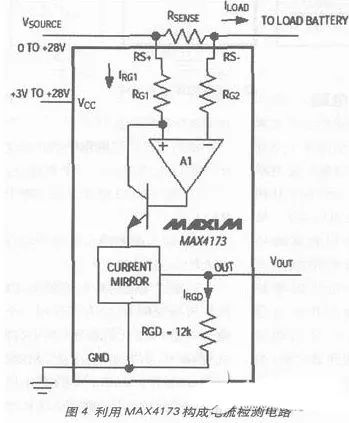
The relationship between the output voltage and the sense resistor in the figure is:
o=RGD*(Iload*Rsense)/RG1)
*b where b is the mirror current coefficient
The above formula can be further simplified as:
Vo=“Gain”*Rsense*Iload; Gain= b*RGD/RG1
The Gains are: 20 (MAX4173T), 50 (MAX4173F), and 100 (MAX4173H).
It can be seen from the above calculation formula that CMRR is determined by the process of the internal integrated current detection circuit (typical value > 90dB), and is no longer affected by external resistance.
Using an integrated current-sensing circuit has the following advantages:
1. The consistency of the device is good
2. Excellent temperature drift characteristics
3. Small size
4. Low power consumption
5. Easy to use
Considerations for Selecting a Current-Sense Resistor
The sense resistor RSENSE should be selected according to the following principles:
1. Voltage loss: If the resistance value of the current-sensing resistor is too large, the power supply voltage will decrease by the value of IR. In order to reduce the voltage loss, a current-sense resistor with a small resistance value should be selected.
2. Accuracy: Larger current-sensing resistors can obtain higher measurement accuracy of small currents. This is because the greater the voltage across the sense resistor, the less impact the op amp's offset voltage and input bias current will have.
3. Efficiency and power consumption: When the current is large, the power consumption I2R on RSENSE cannot be ignored. This needs to be kept in mind when considering the sense resistor and power dissipation. If the sense resistor is allowed to heat up, the resistor value can be larger.
4. Inductance: If ISENSE contains a lot of high-frequency components, the inductance of the current-sensing resistor should be small. Wirewound resistors have the highest inductance, and metal film resistors are better.
5. Cost: If the price of a suitable current-sense resistor is too high, another alternative can be used (Figure 5). It uses the traces of the circuit board as the current-sense resistor. Since the "resistance" of the printed circuit board copper wire is not accurate, a potentiometer is needed in the circuit to adjust the full-scale current value. In addition, the temperature drift of the copper wire is relatively large (about 0.4%/°C), which needs to be considered in systems that work in a wide temperature range.
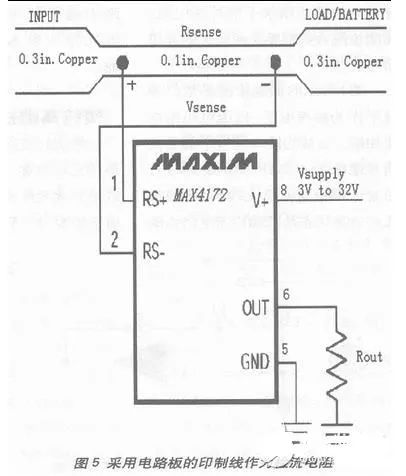
Current detection circuit design scheme (4)
The adjustable linear current source (Figure 6) is a typical application circuit composed of a high-end current detector. IC1 converts the current of R1 into a corresponding proportional voltage signal, and controls the voltage regulator chip IC2 to generate a stable output current. D/A conversion tor can provide digital control of IOUT. To meet the requirement of 12 BIT precision (60mA per LSB), you can use MAX530 with parallel interface or MAX531 with serial interface. 10 BIT precision (250mA per LSB), you can use MAX503 with parallel interface or MAX504 with serial interface.
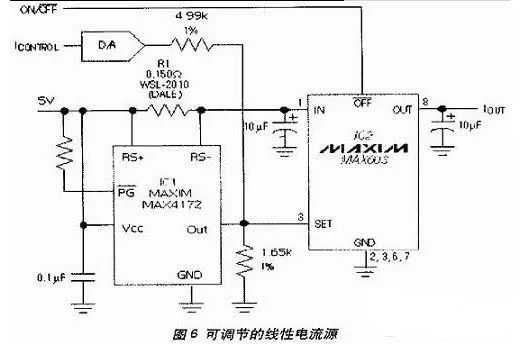
Current detection circuit design scheme (5)
Rpotues simulation of voltage and current detection system based on 51 single chip microcomputer
This design uses AT89C51 as the main control chip, and ADC0804 is used as the external voltage acquisition chip. The maximum external voltage is 10V, and the maximum voltage of ADC0804 is +5V. It is divided into half of the original, so that the detected voltage is changed from 0-10V to 0-5V, which meets the input requirements of the ADC chip. After detecting the voltage, after processing by the single-chip microcomputer, multiply the original voltage by 2. The previous voltage to be measured can be restored.
The voltage alarm circuit is composed of a relay, a light-emitting diode, and a horn. When the voltage detected by the ADC chip exceeds a certain limit, the specific IO port will become low level, the PNP transistor will be turned on, the relay will be turned on, and the LED and the speaker will form a voltage drop. An alarm is generated.
The voltage value collected by the ADC chip and the current value converted and calculated by the resistance are displayed on the LCD.
The alarm voltage is set by two buttons. When the button is pressed once, the alarm value will be increased by 0.1V, and when the button is pressed twice, the alarm value will be subtracted by 0.1V.
The inside of the chip computer compares the collection voltage with the alarm voltage at any time, and when the collection voltage is higher than the alarm voltage, the alarm is activated.
Overall circuit diagram
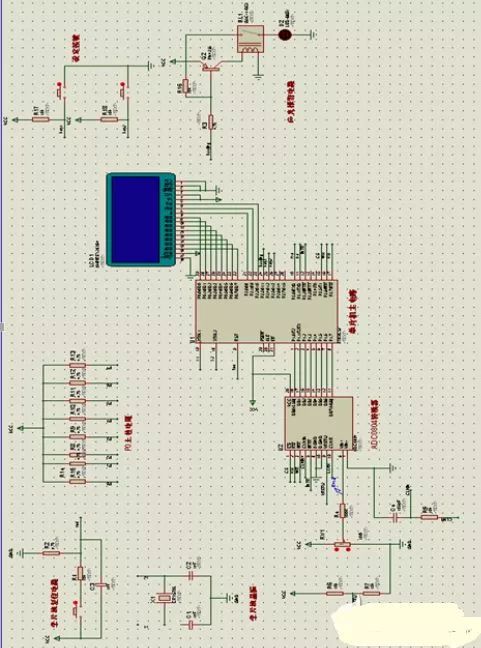
simulation graphics
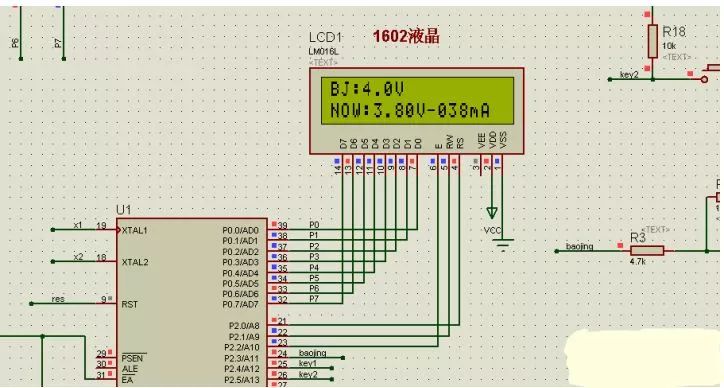
Voltage, current display circuit
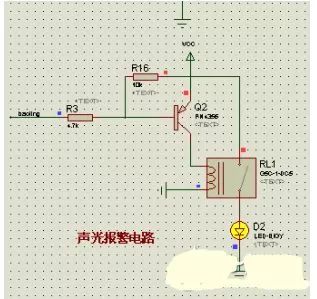
Sound and light alarm circuit
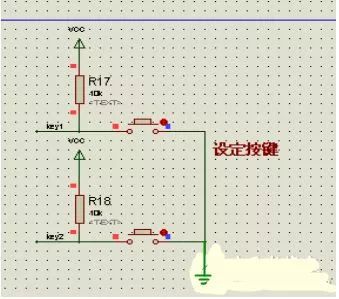
Button setting circuit
In this design, since the 12864 in protues only has an LCD display without a font library, the operation is extremely complicated. Due to timing issues. The software program only debugs the LCD 1602 display. I believe that as long as there is time, the display of 12864 will be completed.
Current detection circuit design scheme (6)
Current sense amplifier with wide common-mode input range. The MAX44284 current-sense amplifier combines high precision with a wide input common-mode range. You get high-precision, low-power performance—all in Maxim's signature minimalist design. This device sets a new standard for current-sense amplifiers with high accuracy, high flexibility, and excellent price/performance ratio, making it ideal for medical, consumer electronics, mobile, communications, or motor control applications—any application that requires high accuracy and ease of design.
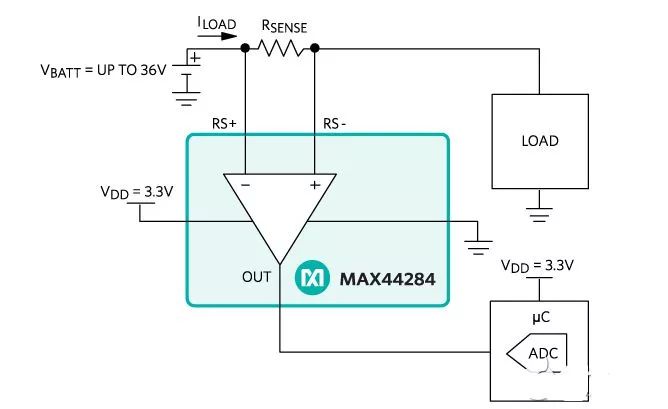
excellent precision
2µV Input Offset Voltage with Only 0.05% Gain Error
Very Low Input Offset Temperature Coefficient: 50nV/°C
-0.1V to +36V Wide Input Common-Mode Range
Low Offset Drift and Input Noise
Provides Shutdown Control to Conserve Battery Power



























